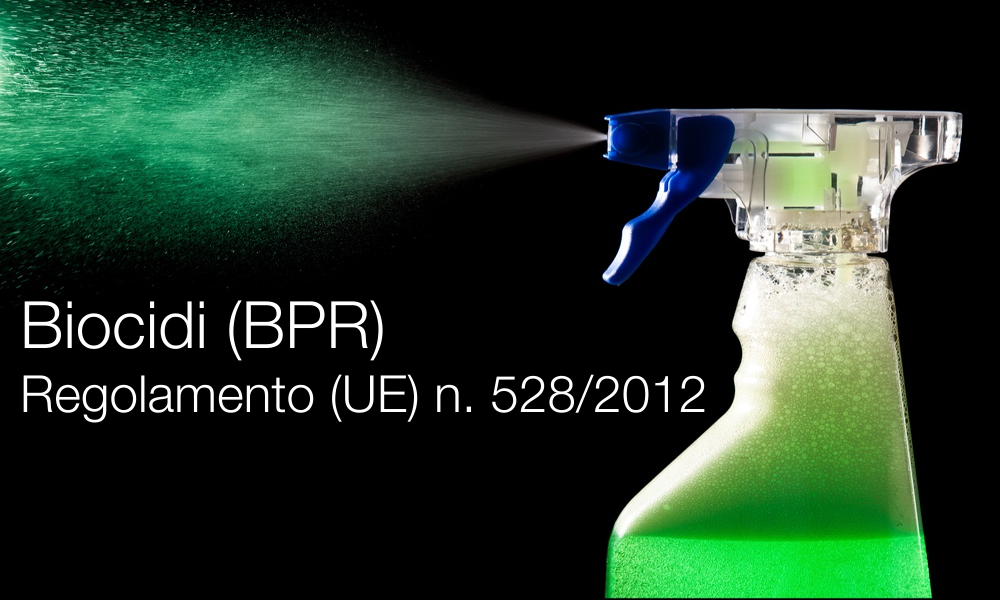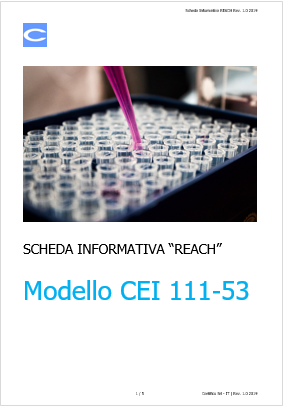Informazione tecnica HSE / 25 ° anno
/ Documenti disponibili:
45.698
/ Documenti scaricati: 34.739.217
/ Documenti scaricati: 34.739.217
ID 22279 | 18.07.2024 / In allegato
IARC Monograph Volume 133/2024 - Anthracene, 2-Bromopropane, Butyl Methacrylate, and Dimethyl Hydrogen Phosphite
This volume of the IARC Monographs provides evaluations of the carcinogenicity of four agents: anthracene, 2-bromopropane, butyl methacrylate, and dimethyl hydrogen phosphite.
2-Bromopropane is a solvent used in dry cleaning and in adhesive production and application, and it also occurs as an impurity of 1-bromopropane (used since the 1990s as a substitute for ozone-depleting solvents).
Anthracene, butyl methacrylate, and dimethyl hydrogen phosphite are all chemicals with a high production volume.
Anthracene is a high-production-volume polycyclic aromatic hydrocarbon that is mainly used as an intermediate in the manufacture of dyes and pigments, pyrotechnics, coatings, wood preservatives, pesticides, and organic chemicals. Also formed by tobacco smoke, biomass burning (indoor and outdoor), traffic and industry emissions, and contaminated food, it is ubiquitous in the environment and is a widespread environmental pollutant.
Butyl methacrylate is used in coatings, polyvinyl chloride plastics, polypropylene non-woven materials, glues, caulks, inks and paints, pesticides, and health-care materials.
Dimethyl hydrogen phosphite is used as an intermediate in the manufacture of adhesives, lubricants, pesticides, and pharmaceuticals, and as a stabilizer in oil and plaster, a steel corrosion inhibitor, and a flame retardant.
For all four agents, occupational and environmental exposures may occur.
An IARC Monographs Working Group reviewed evidence from cancer bioassays in experimental animals and mechanistic studies to assess the carcinogenic hazard to humans of exposure to these agents and concluded that:
- 2-Bromopropane is probably carcinogenic to humans (Group 2A);
- Anthracene, butyl methacrylate, and dimethyl hydrogen phosphite are possibly carcinogenic to humans (Group 2B).
...
Fonte: IARC
Collegati

Guidance on information requirements and chemical safety assessment
Version 1.0 Augu...

ID 1849 | Update 26.06.2024 / Testo consolidato ufficiale Giugno 2024 - Testo Certifico Maggio 2024
Regolamento (UE) ...

ID 6907 | Rev. 2.0 del 22.02.2021 / Documento completo allegato
Modelli richiesta di informazioni ai fornitori di artico...
Testata editoriale iscritta al n. 22/2024 del registro periodici della cancelleria del Tribunale di Perugia in data 19.11.2024